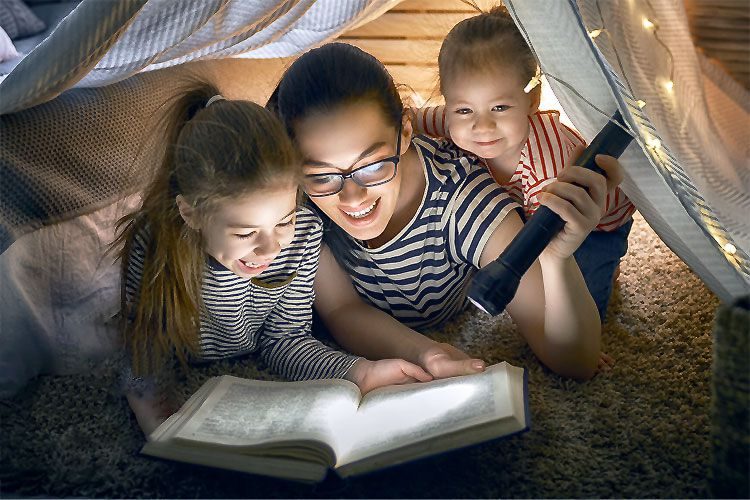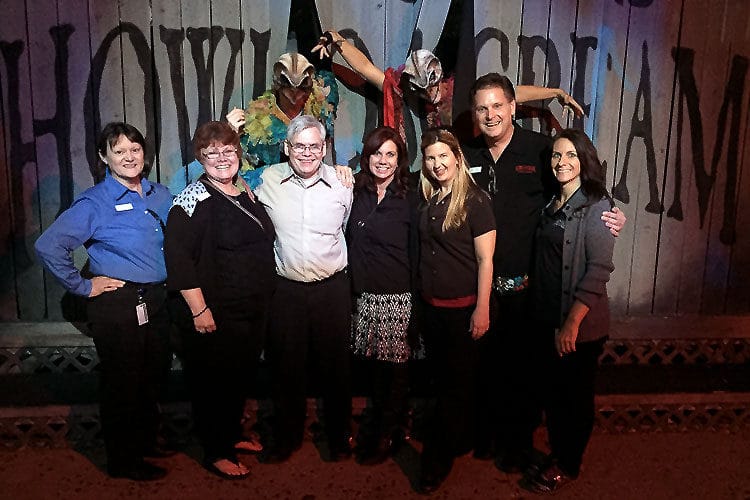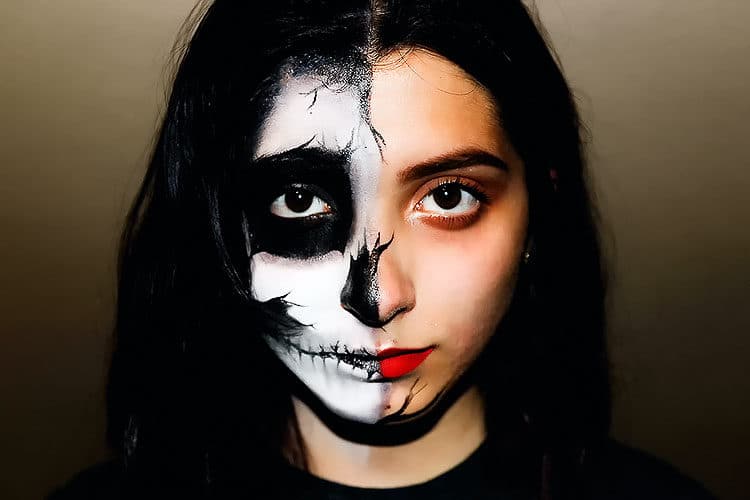How storytellers can plan and pivot in the current (and perhaps future) pandemic.
By Phil Raybourn
Creators, writers, directors, designers, performers, and haunt communities are in a weird position at this moment because what we do is live entertainment—we create events and attractions, gather people, and perform for or entertain them—and we can’t do that right now. In this article, we will talk about the role of storytelling— about what we as storytellers should do now, and the art of themed storytelling will change.
We’ve identified a few areas that freelance storytellers should focus on now:
- Use this time to write story ideas and develop them
- Create stories for an environment of social distancing
- Develop options for live storytelling events
- Embrace the concept that “Constraint breeds creativity.”
Watch the Talk
Now is the Time to Develop Stories
Research and write your stories now. How? Just sit down and do it. When an idea bubbles up, type it into your phone or computer and add any random thoughts that emerge around that idea. If you come across an interesting topic in your research, write that down. At least sit with it for a while to see what manifests. If you have a spark of an idea, research on that.
We, as creators, rarely have the time to write our ideas down, much less sit with them. Usually, it’s, “Here’s the brief, here’s the RFP,” and you’ve got a small window of time to come up with an idea and get it to the client. So, now that we have more time, take those aha moments while watching or reading things, and if something comes to you, write it down and do some initial research. This starts the storytelling process. It begins with one word.

The World is no Longer the Same Old Story
Sony Pictures chairman Tom Rothman in a recent Hollywood Reporter article, predicted a surge in demand for live entertainment once the pandemic is over. He says that “the eventual end of the pandemic will unleash pent-up demand for entertainment outside the home. There will be a great surge of emotional appreciation for collective experiences,” which is great for us right now. As Rothman says, this is what human beings want and need. “It’s who we’ve always been since we told stories around the fire in prehistoric times.”
This is wonderful for us as storytellers, because what he’s talking about is a return to normalcy. Stories provide comfort and escapism—tales of adventure or even a terrifying walk through a haunt in which everybody survives and has fun. Storytelling builds community. It’s about people coming together and having shared experiences safely.
However, storytelling, as we knew it before, will shift. It has to shift, because we’re living through something that few of us have dealt with before in our lifetime. Because this is new and the way forward through this pandemic isn’t clear, I think we will see a hesitancy at first when the closures end and social-distancing restrictions are eased. From my perspective in the theme-park business, I think there will be concern about how to get through the rest of this year.
As a result, many organizations will not be investing in new products or other expenditures right off the bat. However, I believe we will see opportunities for freelancers, and that’s why it’s important for us to keep up our networking now and make sure people know we’re here-working on our skills and on how we prepare ourselves to tell these stories. We have to address these things now, because our clients will ask us what we’re able to do and how we’ll do it. I think most organizations will feel their way through for the first couple of months after they lift the restrictions, and then it could explode.
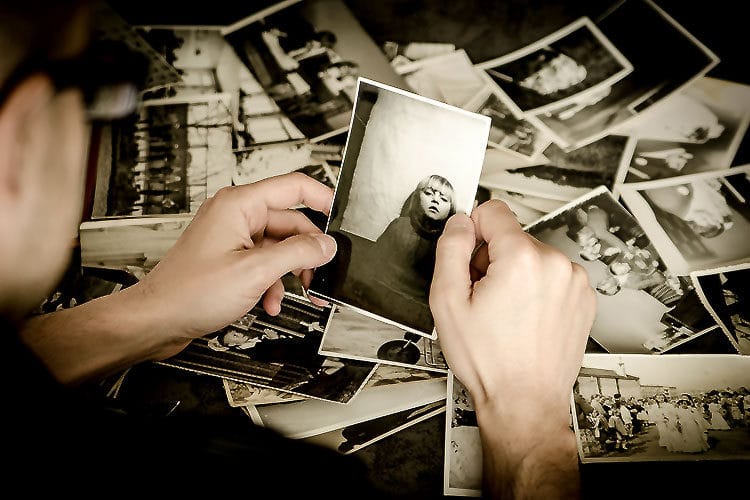
Audiences Will Be Craving Nostalgia
As part of the shift in storytelling, how we tell stories will change—i.e., the mediums we use—as will what stories we tell. Coming out of this pandemic, people will foremost want a sense of normalcy, as I mentioned, so that should be the goal and theme of stories—nostalgia, fairytales, pirates, circuses, historical themes. Audiences will want those familiar experiences that make them feel everything will be okay.
Exercise Sensitivity Regarding Themes
Haunters, in particular, need to be sensitive to themes for this year’s haunt season—, especially virus themes—in the face of a subsequent pandemic. I recommend staying away from virus themes for a few years. Good thematic options for haunts are traditional fears (afraid of the dark, the usual phobias) that guests feel safe wisth. We may even have to build a strategy into the story that allows us to flip it if something like this happens again. We may need to look at this in terms of our business model when we approach clients.
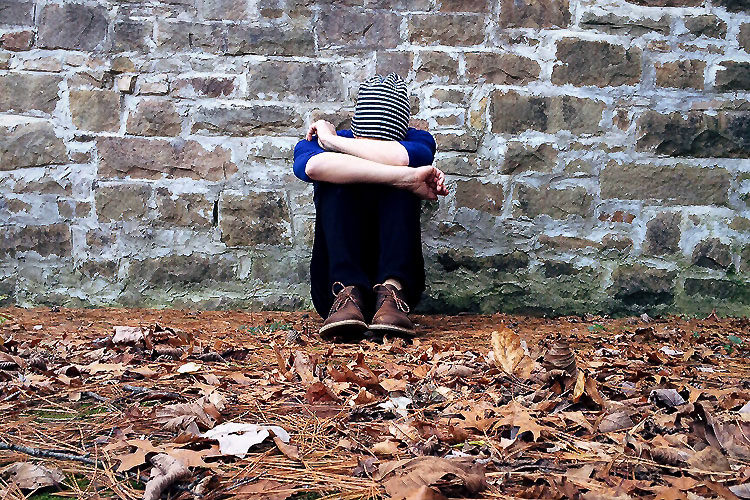
Creating Stories for an Environment of Social Distancing
Consider storylines that integrate social distancing. That will be an interesting challenge, but I think it’s something that haunters need to think about now. It’s reasonable to assume that the Halloween season will proceed as it has in past years, and haunts will open. That schedule is still on track based on the trends and everything that we’re hearing at the moment. We should plan for that now—including how to pivot our story.
One of the major changes that we’re likely all facing is the need to have smaller audiences because of the new culture of social distancing. Now is the time to figure out how you can create and operate your haunt based on an environment in which you’re limited by government restrictions to only 10 people in the haunt or an area of the haunt at a time. Now is the time to think about how to create a story that incorporates that.
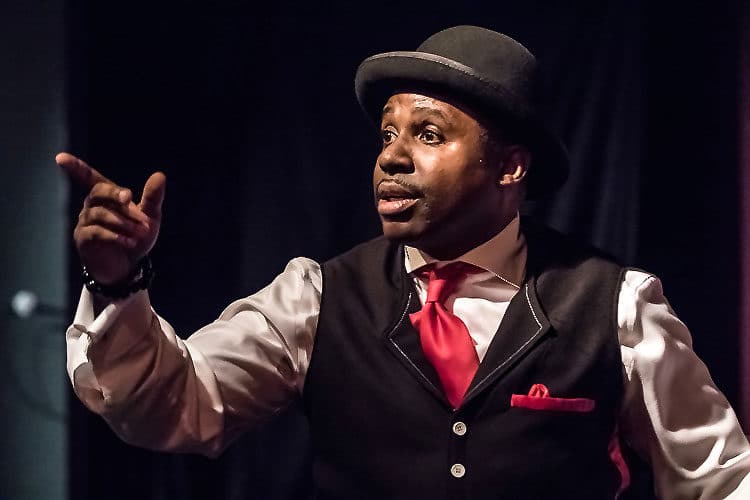
Options to Storytelling as a Live Event
In a worst-case scenario—we aren’t able to open our haunts by this upcoming Halloween season—we need to think of options for keeping our event in the minds of our guests and continuing that story. There are several ways to pivot if we can’t produce our story as a live event while still maintaining that emotional connection with our community.
Progressive Storytelling
One alternative is progressive storytelling involving smaller, live audiences. We can create the story in chapters, each of which occurs in a separate room or area of the haunt. A series of smaller audiences would progress from one chapter to the next through your attraction. You could have guests in each room for a few minutes at a time and maintain a good flow that way.
A few years ago, Busch Gardens Tampa had their “Alone” event, which was a successful example of a few people—as few as one—going through the haunt at one time. We can tailor immersive experiences to this powerful one-on-one engagement. Another example is “Sleep No More,” in which masses of people move through a multi-story event. The story is the same for each guest, but the guest perceives enhanced value because it’s more personal. They’re directly connected to the performance taking place in front of them, and that’s a huge plus. This may mean less throughput at time, and you might need to double-cast to maintain the flow, but that’s good from an employment point of view.
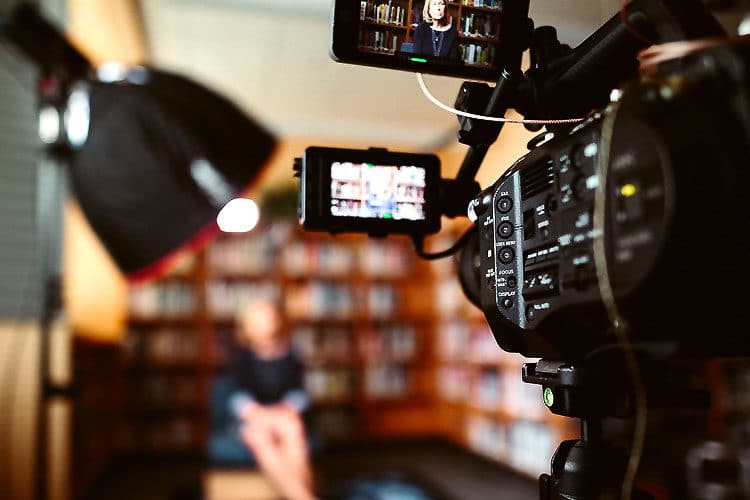
Livestream your Event
The gaming industry is doing well right now. In a recent Hollywood reporter article it mentions that “Streaming is up 60% according to Nielsen, and gaming is spiking at 75%. The Internet demand on Verizon is so high that Netflix, Amazon, Apple, and Disney are being asked to diminish the video quality on their streams because everybody’s using it.” So, it’s clear that there’s demand for streaming, stories, and making that connection.
So, why not livestream your haunt? You could have a Blair Witch Project-type of film or a live stream you share on the Internet, in which you do a walkthrough with your actors. You could do this for a fee if you need the business.
Bring Technology into Storytelling
Another option is to start with a powerful story and then use technology (VR, AR, etc.) to layer in sensory experiences. Hologram experiences and various other technological advances are coming onto the scene, and this links directly into storytelling. The more we engage the senses, the better the story will be from an immersive aspect and bring people into your story. However, the story must be the driver of that the technology, and technology must support the story. Always make sure the story is solid, and then add those layers of technology to enhance the sensory involvement.
Create Mini Movies of Your Haunt
Besides the sharp increase in gaming and viewing movies online, mini movies are another type of virtual engagement that’s doing well. We saw Disney characters offer a virtual performance of its Dapper Dans barbershop quartet—which perform live on Main Street at Disney parks—contributing their harmonizing voices from their respective homes in two-minute YouTube videos (#VoicesFromHome), which are very popular. So, something like mini movies might be an excellent option for maintaining audience connection with your attraction, park, or show. As with the Dapper Dans, you can still get much of the same feel of your attraction with a mini movie, especially if it’s live. You can use your actors differently to create a powerful experience of your event. You can format it as a brief story or do something more like a movie trailer with tantalizing highlights. This keeps you engaging one-on-one with your guests.
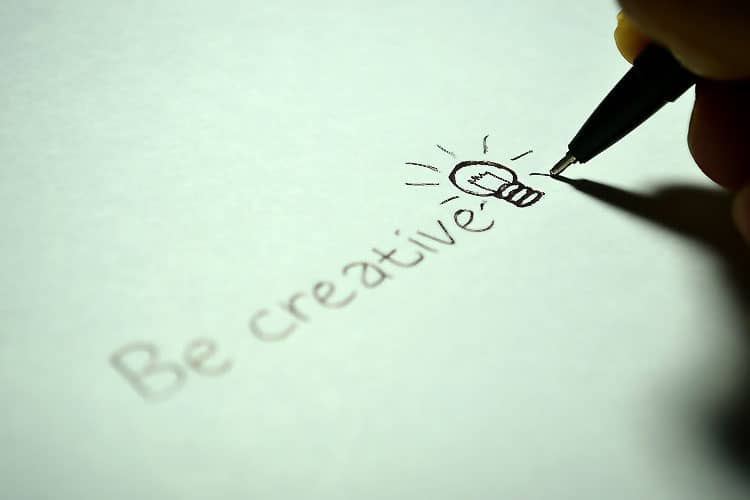
Constraint Breeds Creativity
Another positive way to view the current situation is to consider that constraint breeds creativity—the current and future situation can spur creativity and innovation. The best creative ideas are often those that are tightly bound by certain constraints. So, if you’re confined to your house, sit down, come up with ideas, and let your imagination go. Can’t go out with friends like you used to? Call up a colleague and brainstorm. As a storyteller, use your connections to network and reach out to people you know in the community.
Hopefully, we won’t have to implement any of these options, but now it the time for plan those what-ifs.
Strategies for Keeping/Finding Clients without Devaluing Your Work
Some freelancers are asking themselves if they need to lower their prices to maintain current work or secure work. You never want to undervalue your talent but I think we can assume that people will be reticent to spend money for a while. We need to gauge each client and also recognize that many are struggling right now. Some people are providing services for free, so you might consider that. We, at Raybourn Creative, offered free, 30-minute consultations for a while in which we talked with clients about how they could address the current situation and come up with ideas for adapting and pivoting if something like this happens again. If you can offer a free service, that’s a pleasant marketing option.
If you’re a freelance storyteller, clients want to know what story you’re able to give them that’s different from everybody else’s out there. Although the axiom of “every story has been told” is true, each of us has our unique way of telling it. Fresh stories and opportunities are arising in the current situation, so it’s up to each of us to use this opportunity to expand our creativity.
Phil Raybourn
Phil Raybourn has worked in theatre, film, and commercials for over 30 years and is a Creative Principal at Raybourn Creative. A SAG-eligible actor, he has written and directed more than 150 productions including plays, musicals, stunt and acrobatic shows, and song and dance revues.
